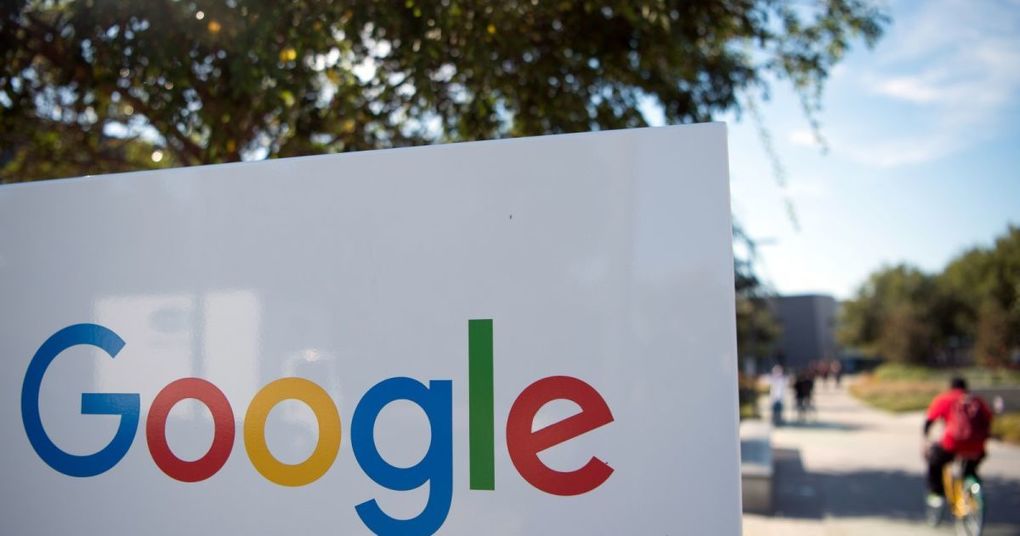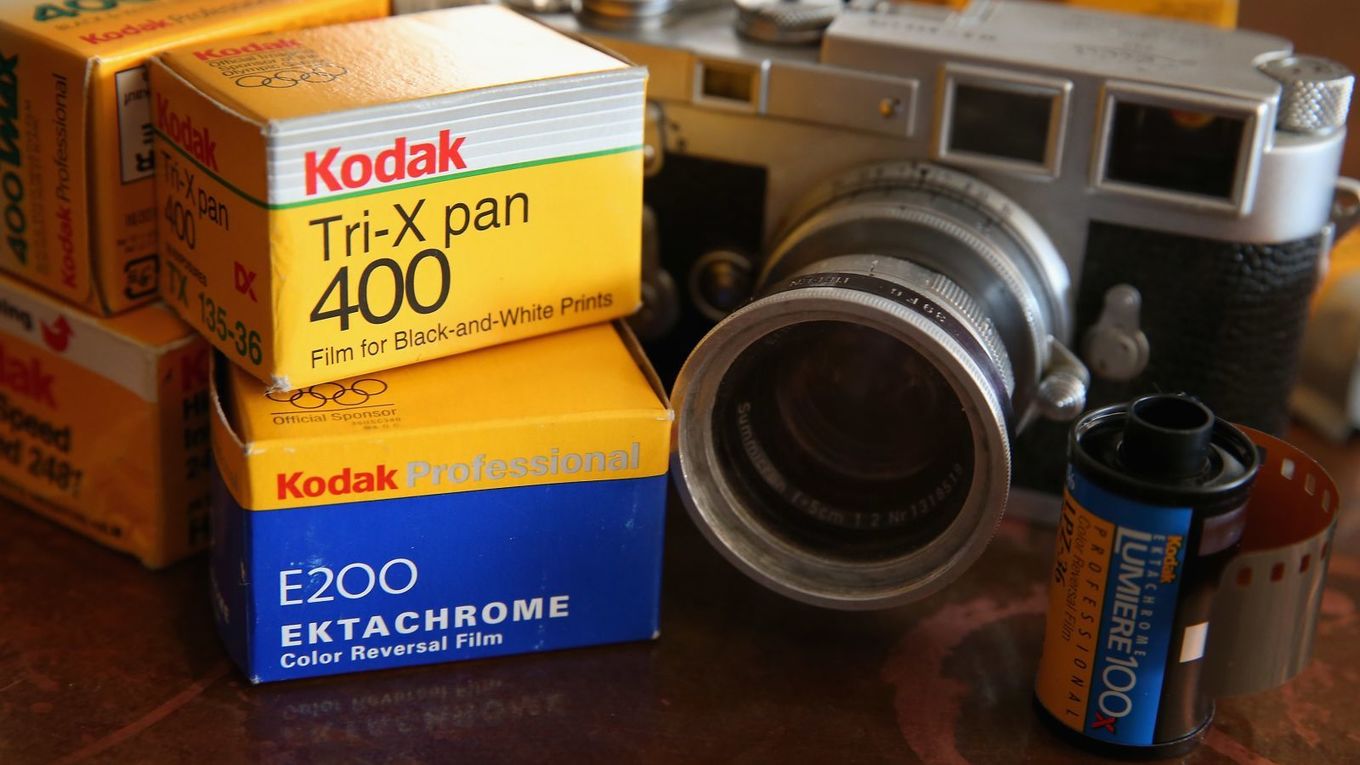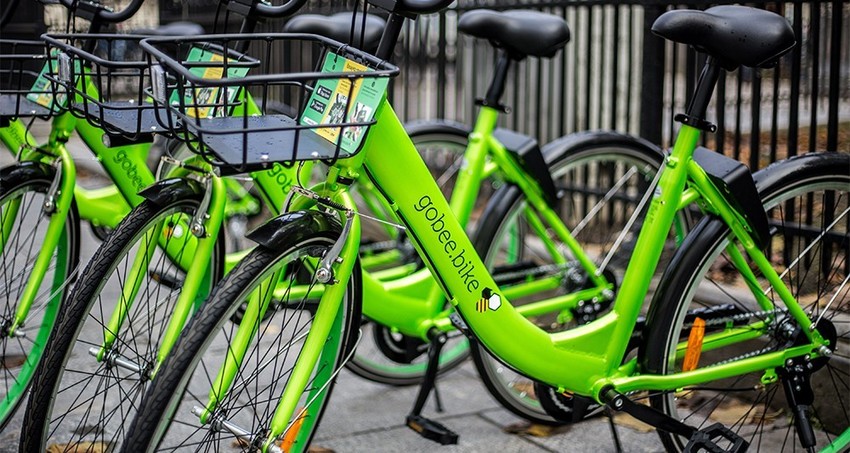UP Magazine – L’économie à la demande : un défi pour l’efficacité opérationnelle
La réponse immédiate La nature « toujours disponible » des offres digitales, associée à une connexion toujours plus forte aux marques via les réseaux sociaux, conduit les consommateurs à être de plus en plus exigeants. Les fournisseurs doivent être capables à toute heure de recevoir leurs commandes et de leur offrir le support dont ils ont besoin. L’expression « heures normales d’ouverture » perd progressivement de son sens au fur et à mesure que les consommateurs s’habituent aux sites ouverts 24h sur 24 et aux conversations en direct. La prolifération des offres « click and collect » et des produits disponibles en une heure dans la grande distribution illustre bien ce phénomène. Le même niveau de qualité, tous les jours Déjà soumises aux exigences de personnalisation et de réactivité quasi immédiates, les marques doivent encore respecter un troisième impératif : un niveau élevé de qualité en toutes circonstances. Ayant l’embarras du choix sur un marché fortement concurrentiel, les consommateurs délaissent rapidement un fournisseur s’ils le soupçonnent d’une baisse de qualité, que celle-ci touche un produit ou un service associé. Une seule interaction malheureuse peut s’avérer très coûteuse pour une marque. Des études montrent qu’il faut 12 expériences positives pour compenser une seule mauvaise expérience. Pour respecter ces exigences, à commencer par la « personnalisation de masse » demandée aujourd’hui par les consommateurs, les entreprises sont soumises à des défis importants. Celles qui réussissent à les surmonter voient l’émergence d’une nouvelle catégorie de managers. Qui sont capables de maîtriser les nouvelles technologies, notamment celles de gestion des flux de travail en mode collaboratif, de big data et d’intelligence artificielle pour tout à la fois : - Adapter les process marketing, de vente, de production et de logistique pour répondre au mieux à chaque demande individuelle ; - Observer, mesurer et analyser les données pour anticiper le comportement des utilisateurs ; - Améliorer l’expérience client en optimisant son engagement et en l’assistant à toutes les étapes de son choix ; - Automatiser les tâches de routine pour simplifier et accélérer les process. Qui s’inspirent également des méthodologies agiles et d’amélioration continue de la qualité et les adaptent au sein de leurs équipes afin d’induire un changement culturel, inspirer leurs collaborateurs et conserver un avantage compétitif durable. En d’autres termes, qui respectent un nouveau standard d’excellence opérationnelle, indispensable pour réussir durablement dans l’économie à la demande d’aujourd’hui.










